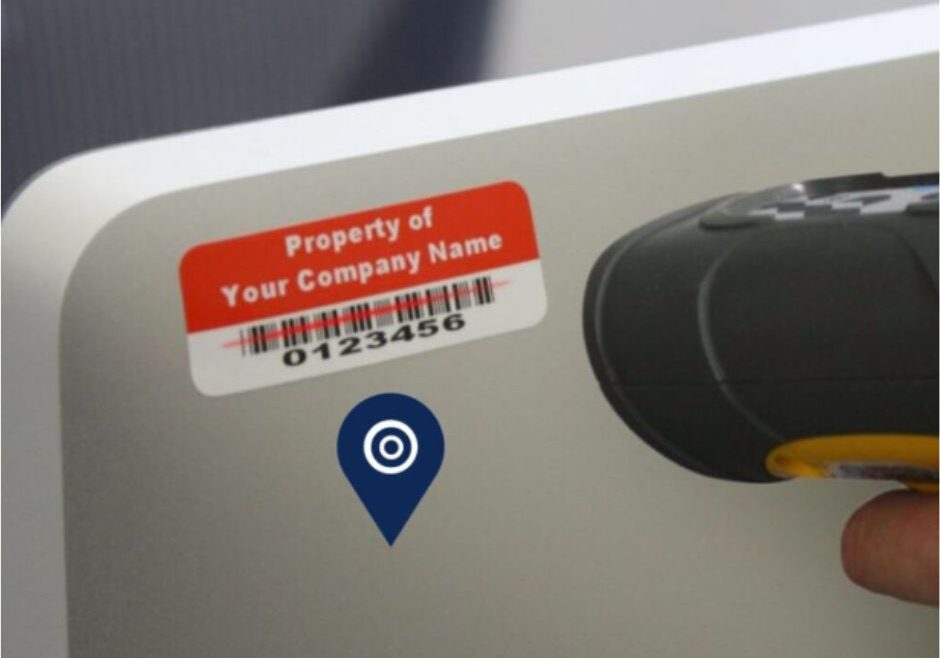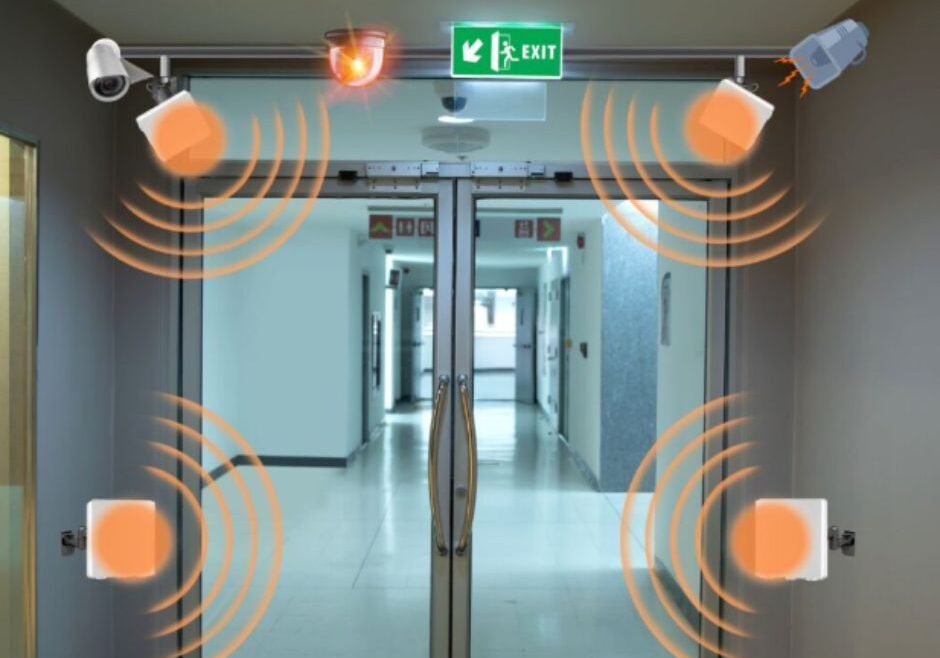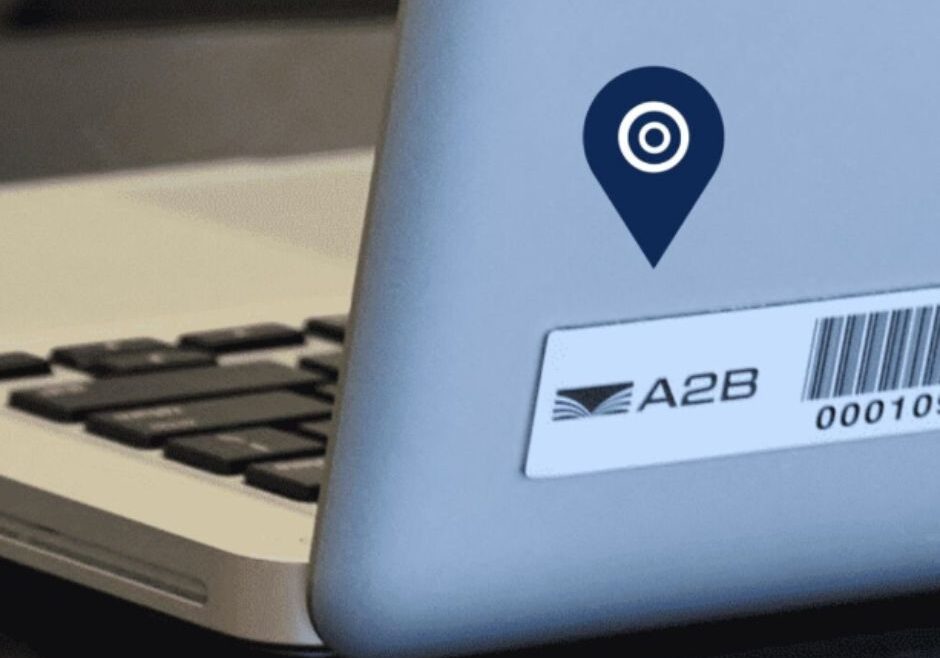Personnel Authentication
Authenticate personnel before transferring items.
Check-In, Check-Out and Assignments
Assign assets to the correct personnel and locations.
Validate Transfer-of-Custody
Verify asset transfers with signatures, PINs, and other IDs.
Passive Tracking at Storage Room Doorways
Utilizes RFID technology to scan items as they pass.
Real-Time Facility-wide Asset Tracking
Sensors detect real-time locations of assets within a storage facility.
Exit Tracking and Security
RFID scanners, lights, alarms, and cameras increase security.
Asset Tracking System
Ensure Maximum Operational Efficiency
Revolutionize your asset management with AssetTrackerIoT. It is the ultimate solution for tracking and securing your office and industrial assets. Cutting-edge software, advanced tracking technologies, and state-of-the-art security devices will give you complete peace of mind, knowing that your assets are always in the best possible hands.
Computerized asset management software
- Input or import data from backend systems to identify office and industrial assets and compare them with procurement data.
- Specify user software privileges and permissions.
- Specify locations (personnel and places where assets can be assigned or located).
- Set up a status list and oversee the life cycles of assets.
- Create a task list and oversee tasks.
- Maintain a complete audit trail history.

Asset Check-out, Check-in and Assignments
- Assets are labeled with barcode and/or RFID (radio wave) labels.
- Check-out and check-in processes are quick and accurate through scanning barcode or RFID labels and scanning or selecting the transfer destination.
- Manages asset requests and reservations, sending notifications when assets are ready for pickup.
- Locations and statuses are kept up-to-date in real-time, and all event data is stored as audit trail historical records.
Tracking at Storeroom Doorways and Choke-Points
- RFID antennas can be positioned at storage room entrances or any choke points for automated tracking of RFID-tagged items and workers.
- Networked antennas can be installed on ceilings, walls, or other surfaces to transmit radio waves that automatically detect any RFID-tagged item or person within approximately 15 feet.
- The system updates the current locations of items and workers in real-time in the database, maintaining audit trail historical records for comprehensive location tracking throughout their life cycles.
- Detection zones can trigger lights, alarms, and voice alerts in response to unauthorized movements or other specified events.
We can help you find the best solution! Call 1-800-466-9561

Prevent Unauthorized Removal of Assets
- RFID antennas can be positioned at building exits and dock doors to identify assets as they near exit points.
- If an asset approaches an unauthorized exit point, alarms, flashing lights, voice alerts, and video cameras are activated.
- Automated software, SMS text, and email alerts are generated to notify security and management personnel of security breaches.
- This technology-based security system helps prevent shrinkage, enhances the accuracy of asset data, and improves profitability.
Real-Time Asset Tracking throughout Facilities
- Assets are marked with long-range RFID or Bluetooth tags for continuous real-time tracking within facilities.
- RFID antennas link to a customer’s computer network and are designated in the database with specific names for each location.
- The radio wave patterns from RFID antennas overlap and triangulate to precisely determine the locations of assets.
- The AssetTrackerIoT software constantly updates the locations of assets, tracking where they are and where they move.
- RFID tags are equipped with light and alert features to help staff quickly locate required assets.

Trace, Inventory and FIND Assets
- Mobile RFID scanners can detect items from a distance of approximately 20 feet (6 meters) or more.
- These scanners can read location barcodes in offices, storage areas, shelves, drawers, bins, or any asset location to determine where assets are situated.
- When used at a location, the scanner swiftly scans all assets to update the software with their current locations.
- The scanner utilizes beep speed, color-scale, and a numeric index to aid in locating assets.
Long-Range Tracking
Advanced tracking technologies provide real-time location data for assets and workers, offering precise location accuracy within 10cm for close proximity and wide indoor and outdoor areas over distances ranging from 100 feet to hundreds of meters.
- Assets can be equipped with long-range tags for continuous real-time location tracking.
- Tagged objects are under constant surveillance and can activate alerts in case of unauthorized movements.
- Tags are equipped with light indicators and sound emitters that notify staff of the exact locations of assets.
- Real-time data facilitates immediate decision-making and enhances operational efficiency.


UHF RFID
UHF RFID (radio wave technology) uses RFID tags on assets for asset identification and inventories from a distance of 20 feet or more, and it enables automatic tracking of assets with RFID networked antennas from 50 feet or more.
- Supports the use of mobile scanners and tablets for conducting inventories, audits, and locating needed items.
- RFID networked antennas create choke-point detection zones for real-time tracking of items and personnel.
- The software for mobile scanners uses frequency, color graphs, and numeric indexes to locate required items.
- RFID antennas, alarms, and lights are employed to prevent the unauthorized removal of assets from facilities.
Barcoding
Barcode technology encompasses the use of 1D and 2D barcodes in close proximity, alongside USB, Bluetooth, and mobile scanners, to manage raw materials, work in progress (WIP), goods, and assets through unique and item-type barcodes for both serialized and non-serialized item management.
- Tag all assets with barcodes, UHF RFID, or long-range tracking tags to enable tracking and facilitate inspections and maintenance tasks.
- Affix barcodes to assets, bins, pallets, carts, drawers, shelves, and other storage locations to streamline operations through scanning rather than manual processes.
- Utilize barcode scans of locations and items for storing items in designated areas and retrieving them for specific destinations.
- Employ item-type barcodes and increment/decrement functions for check-in, check-out, assignments, and updating current quantities during inventories or audits.
- Leverage mobile barcode scanners and tablets for swift inventories, inspections, calibrations, and maintenance, enabling the capture of checklist and event data directly at the assets rather than on a computer.


Use Cases
- Office Assets: AssetTrackerIoT empowers businesses to comprehensively manage the life cycle of each asset, ensuring efficient procurement, operation, maintenance, and disposal.
- Industrial Assets: AssetTrackerIoT plays a pivotal role in maximizing the management of a company’s tangible industrial assets, leading to optimized operational efficiencies, improved asset and worker utilization, and cost reduction.
- Warehouses: Existing warehouse management systems and operations may suffer from gaps in data and the inability to capture real-time or current location and status data due to inadequate or inefficient use of tracking technologies and mobile computing.
- Equipment: Industrial organizations rely on heavy equipment for facility operations, while construction companies require diverse equipment to meet project specifications and timelines.
